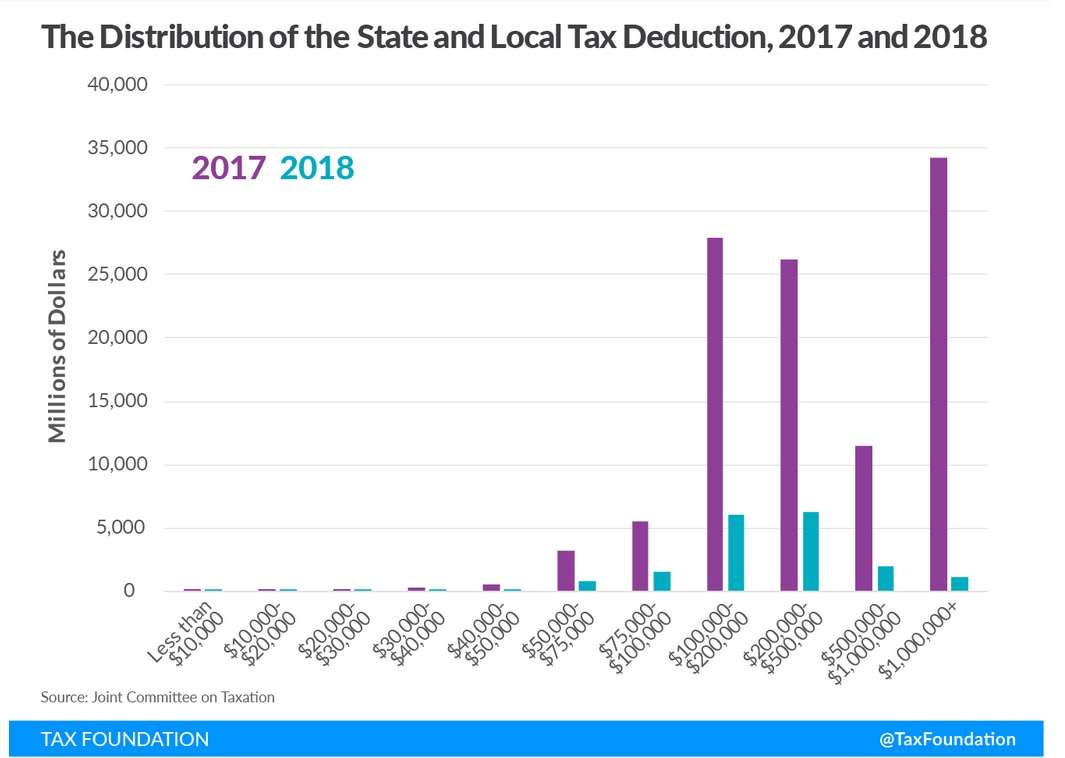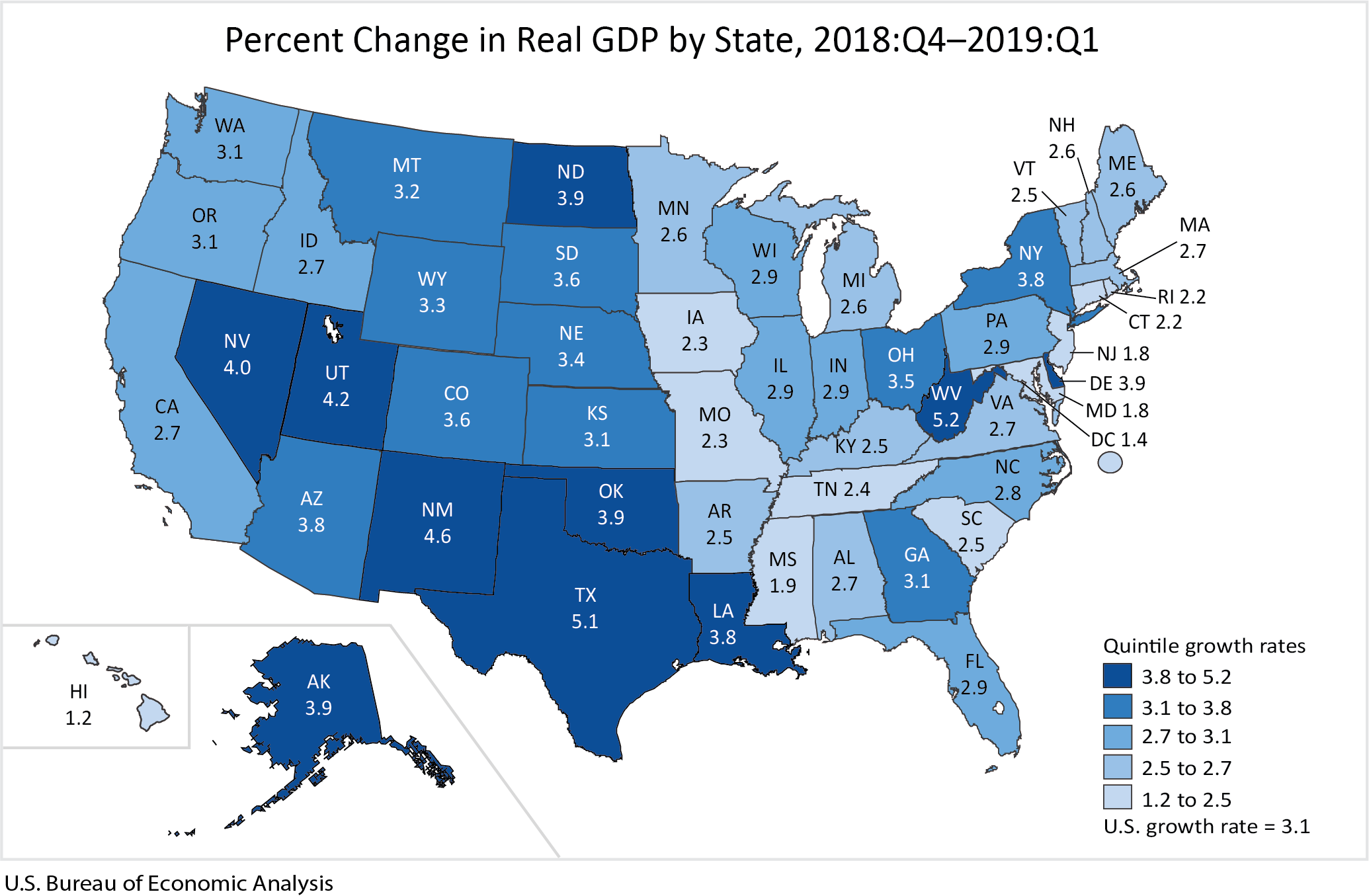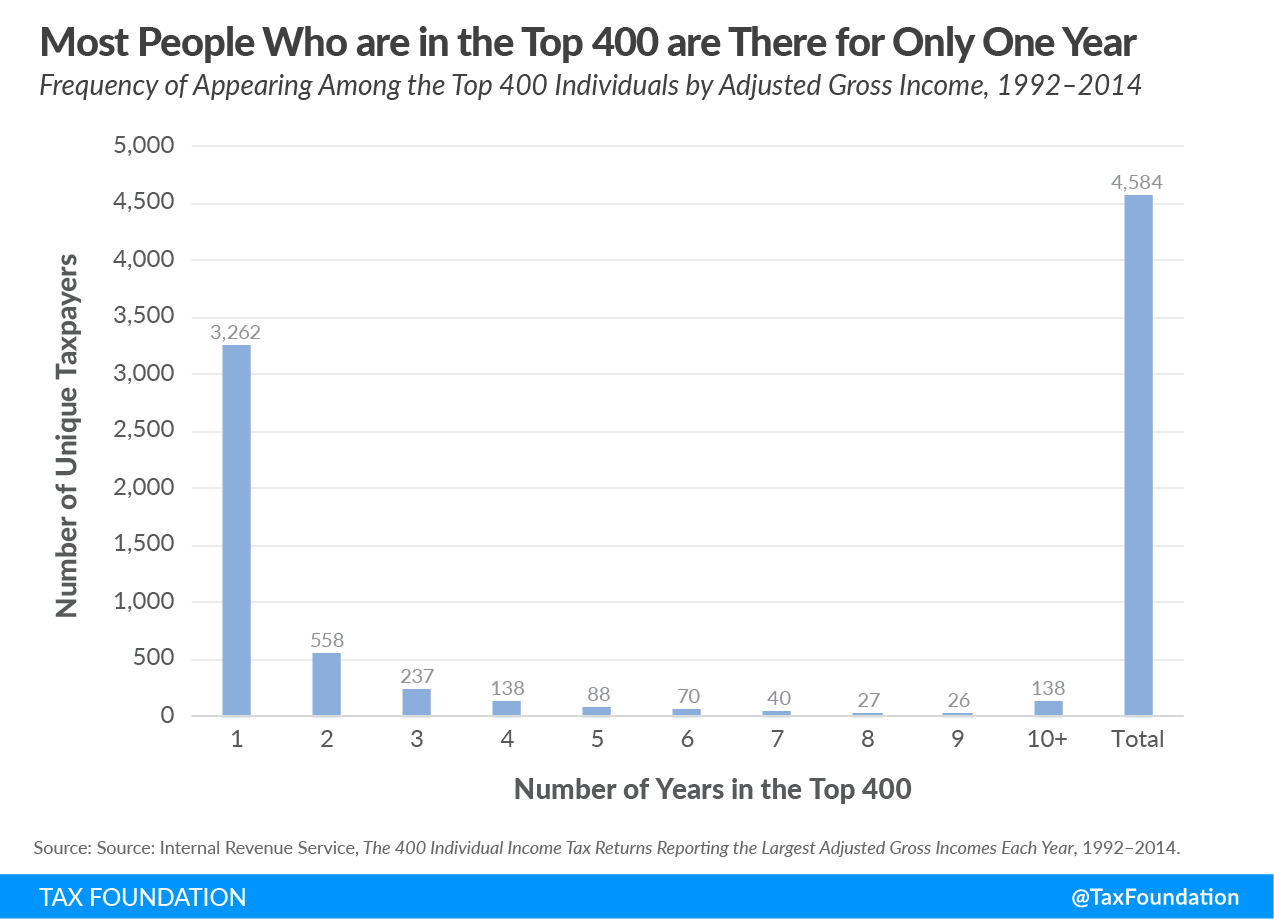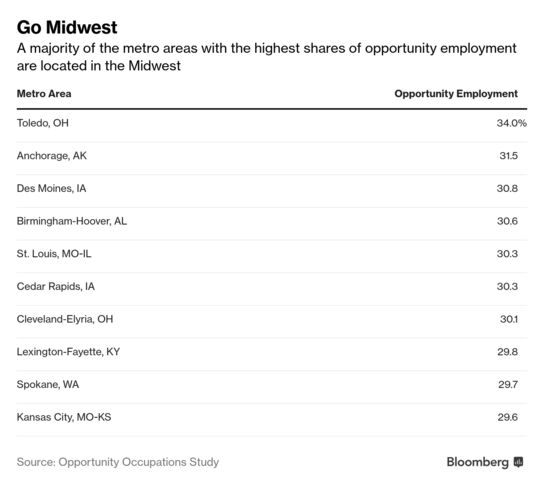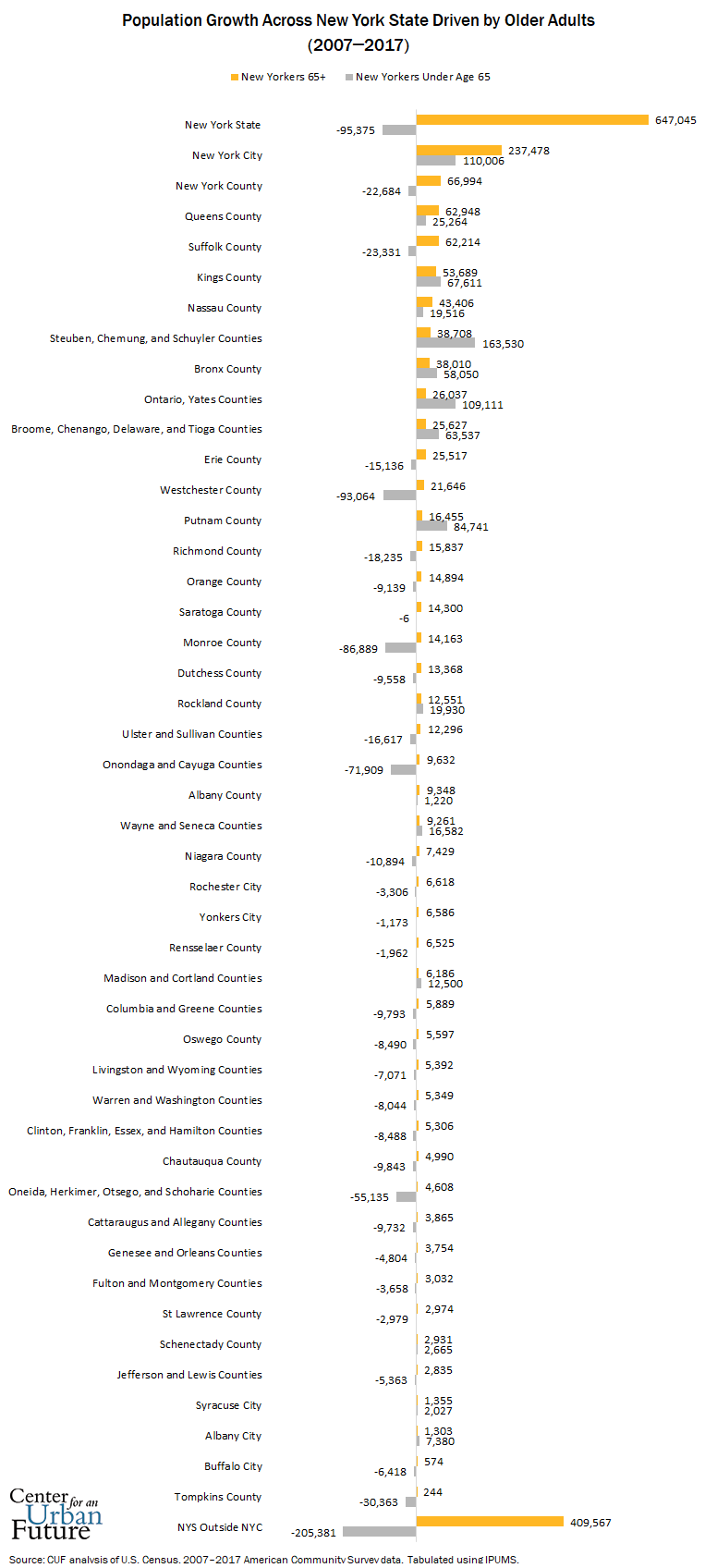A common, widespread misconception among politicians, the media and the public is that the path to cheaper and more available healthcare requires changes to medical insurance, such as Medicare for All or Obamacare.
Broadening healthcare insurance through subsidies or a government takeover increases demand for medical services without increasing the supply of those services. Excess demand leads to higher prices, limited affordability, and limited availability of health services. Using government subsidies (tax dollars) to lower the visible, consumer payment part of healthcare does not lower the underlying actual cost of medical services and results in continually higher amounts of needed subsidies and higher government budgets (and taxes) to meet the existing and increasing demand for medical care, in part due to a growing and aging population. In the end, the reality will be less medical care availability and not more as originally intended, as government budgets will become insufficient to pay for the needed medical care of the general public.
Medical Insurance Industry
The insurance industry does not provide healthcare and it is not an employer of doctors, nurses, etc. It does not compete in the medical care industry. Medical insurance is a reimbursement mechanism to consumers for their medical costs. It is like collision auto insurance that reimburses a car owner for the repair of damage to a car body, or home fire insurance to pay for repairing fire damage to a house.
No rational person would think that government involvement in collision insurance or fire insurance would lower the purchase price of a car or a home. Yet, with medicine, politicians expect that government involvement in health insurance will lower the cost of seeing a doctor or staying in a hospital. The reality is that the more government is involved in healthcare and healthcare insurance, the more expensive and unavailable it becomes. The private sector, in a profit motive, competitive marketplace, is much better than government in quickly delivering quality goods and services to almost all consumers, while driving costs and prices lower than laws, regulations and government providers can. Government is good at hiding the true cost of consumer services and consumer goods through tax benefits and subsidies, but government is not as good as the competitive marketplace at providing cheaper services through efficiency, productivity and innovation.
For the health insurance industry to continue to exist, the total yearly revenue from health insurance premiums must exceed the total yearly payout to consumers for medical claims. If total insurance premium payments were below total insurance claim payouts, insurance companies would go bankrupt and leave unpaid claims. The way to lower insurance premiums is to lower the total real cost of provided healthcare through healthcare industry competition, efficiency, productivity and innovation.
Healthcare Costs
The problem with healthcare costs is that the medical care industry, not the health insurance industry, is non-competitive and is not striving to increase productivity through innovation and efficiency. The healthcare industry is on the low end of industry productivity improvements in the US, along with education and construction. As long as healthcare productivity is below average and less than the other sectors of the economy, it costs will increase faster than inflation and faster than average growth in income and wealth. The numerous government barriers, medical industry restrictions and anti-competitive behavior to the entry of new doctors, medical providers, trained immigrant doctors, new hospitals and out-patient surgery facilities, limit the number of competitive medical providers and keeps healthcare services prices artificially high.
In the case of government run medical services, when the yearly budget is exceeded or the money runs out, the services and subsidies stop. For Medicare for All to be able to pay the annual medical costs for all eligible individuals, its total annual budget cannot be lower than the total actual yearly medical usage costs of all those covered under Medicare for All. Doctors and hospitals that currently accept the existing Medicare do so because they are cross-subsidized by the higher payments by the individuals (mostly under 65) covered by private insurance and not Medicare. Once Medicare for All goes into effect, those that are paying higher amounts than Medicare will cease to exist and the current existing fee structure of Medicare will have to be higher under Medicare for All.
To control costs and avoid going over its yearly budget, government will have to limit the availability and usage of healthcare services through limiting the availability of technology, doctor appointments and surgeries. Wait times will increase to see doctors, to have medical tests and surgery performed. Purchase and use of newer and existing technologies will be delayed or not purchased in sufficient numbers to meet demand without excessive delays.
Medicare for All will give you insurance coverage, but it will very quickly result in delays in receiving care, delays in replacing outdated technologies and under-funding in medical infrastructure. The inability to obtain needed quality medical care in a timely manner, is in reality equivalent to having no medical coverage, or at best inferior medical care. Medicare for All will quickly evolve and give you health insurance without access to timely, needed healthcare and without access to the best technology and treatments.
Added March 31, 2019:
Also see my April 24, 2018, blog post, "
Expensive Medicine: MY Posted Comment To WSJ Opinion, 'English Literature Isn’t Brain Surgery: Why is American medicine so expensive?' And An Addendum"
